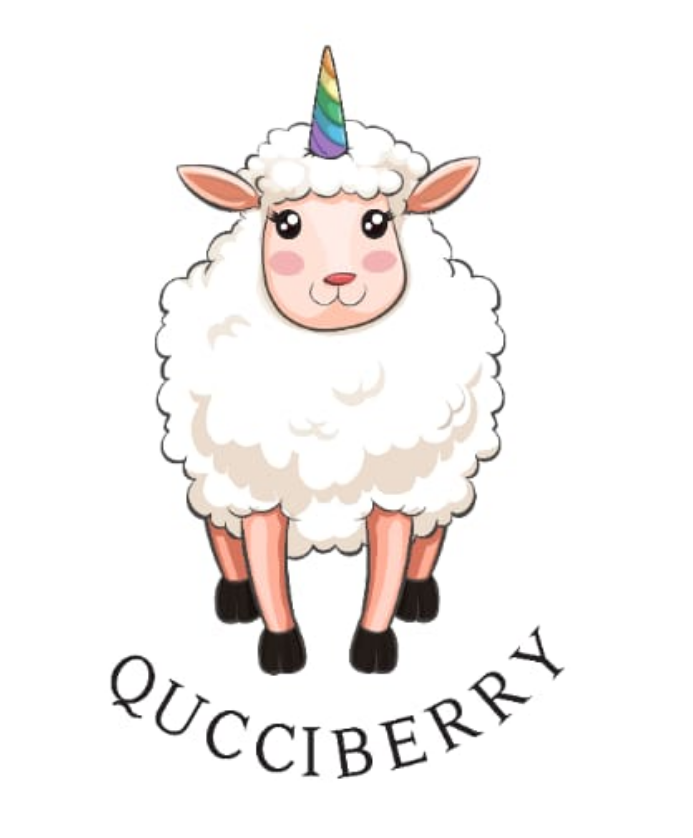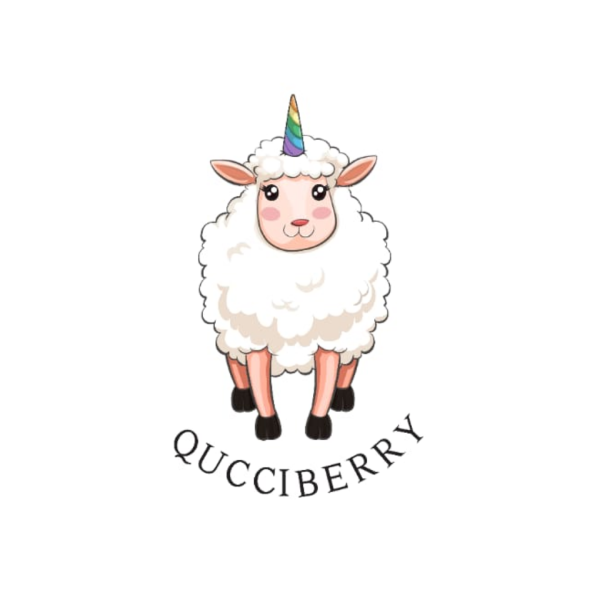Contrary to popular belief, mythology and historical texts show that Vedic System recognised Homosexual Unions.
Amara Das Wilhelm’s book “Tritiya-Prakriti: People of the Third Sex”, compiles years of extensive research of Sanskrit texts from medieval and ancient India, and proves that homosexuals and the “third gender” were not only in existence in Indian society back then, but that these identities were also widely accepted.
Citing from the chapter “Purushayita” in the Kama Sutra, a 2nd century ancient Indian Hindu text, the book mentions that lesbians were called “swarinis”. These women often married other women and raised children together. They were also readily accepted both within the ‘third gender’ community and ordinary society.
The book further made mention of gay men or “klibas”, which though could refer to impotent men, represented mostly men who were impotent with women due to their “homosexual tendencies”.
They (gay men) were thoroughly referenced in the chapter “Auparishtaka” in the Kama Sutra.The Kama Sutra’s homosexual man could either be effeminate or masculine. While they were known to be involved in relationships of a frivolous nature, they were also known to marry each other.
The book further mentions that there were eight different kinds of marriages that existed under the Vedic system, and out of those, a homosexual marriage between two gay men or two lesbians were classified under the “gandharva” or celestial variety – “a union of love and cohabitation, without the need for parental approval”.
In Khajuraho
It’s impossible to talk about homosexuality in ancient India without referring to one of its most affirmative and visual ‘proofs’, so to speak. The sculptures in the Khajuraho temple of Madhya Pradesh are known for their overt homosexual imagery. The temple is popularly believed to have been built sometime around the 12th century.
The sculptures embedded in the Khajuraho temple depict what seem to be sexual fluidity between man and man and woman and woman.
While the sculptures also depict “accepted” sexual relations between male and female entities, it is well-known for showcasing the existence of intimacy between members of the same sex.
Bhagirathi – The King Born of Two Queens
According to Krittivasi Ramayan, composed by 15th century Bengali poet Krittibas Ojha, King Sagara of Ayodhya was desperate to maintain his bloodline after losing most of his sons to Kapila sage’s wrath.
The threat to the dynasty further worsened, when Dilip, his only heir, died before he could give his two queens the magic potion that would make them pregnant. But according to the poem, the widows drank the potion, and made love to each other to conceive a child, with one of them becoming pregnant.
The child was none of other than King Bhagirathi, who is known in mythology for bringing the Ganges down to earth from the heavens.
Varuna and Mitra
Varuna and Mitra, famously referred to as the “same-sex couple” in the ancient Indian scripture of the Rig Veda, were often depicted riding a shark or crocodile or sitting side-by-side on a golden chariot together.
According to the Shatapatha Brahmana, a prose text describing Vedic rituals, history and mythology, they are representatives of the two half-moons.
According to the Bhagavata Purana, Varuna and Mitra also had children.
Even Rakshasas in the Ramayana
Now, who can turn a blind eye to the Ramayana? Valmiki’s famous epic, written somewhere between the 5th and 6th centuries, also mentions homosexuality.
Valmiki’s Ramayana depicts Hanuman witnessing Rakshasa women kissing and embracing those women who had been kissed and embraced by Ravana. This is a clear acknowledgement of same-sex intimacy in Indian history and tradition.
In a nutshell, if we go by these ancient references in Indian history and mythology, then it appears that ancient “Indian society” did indeed “recognise” homosexuality through that period, and in many cases, even accepted it.
Therefore, there is enough evidence that affirms existence and acknowledgment of homosexuality in Indian history.





Leave a Reply